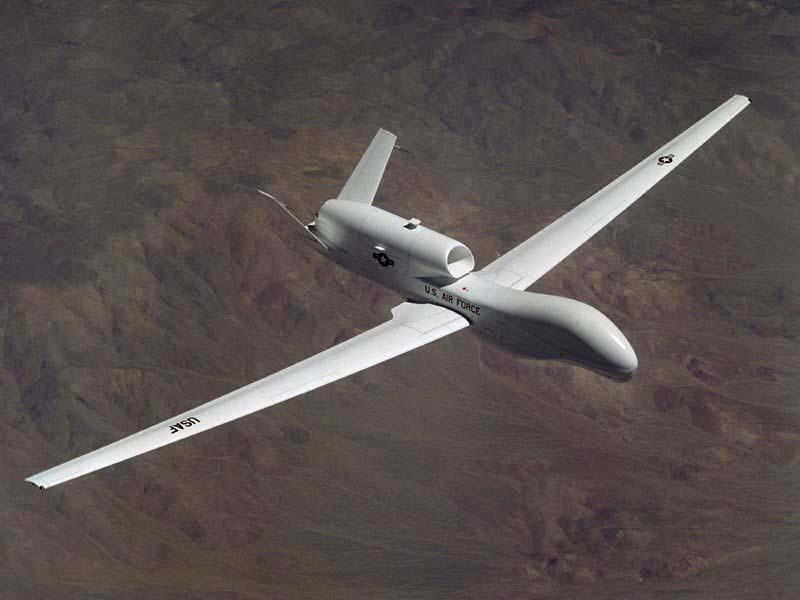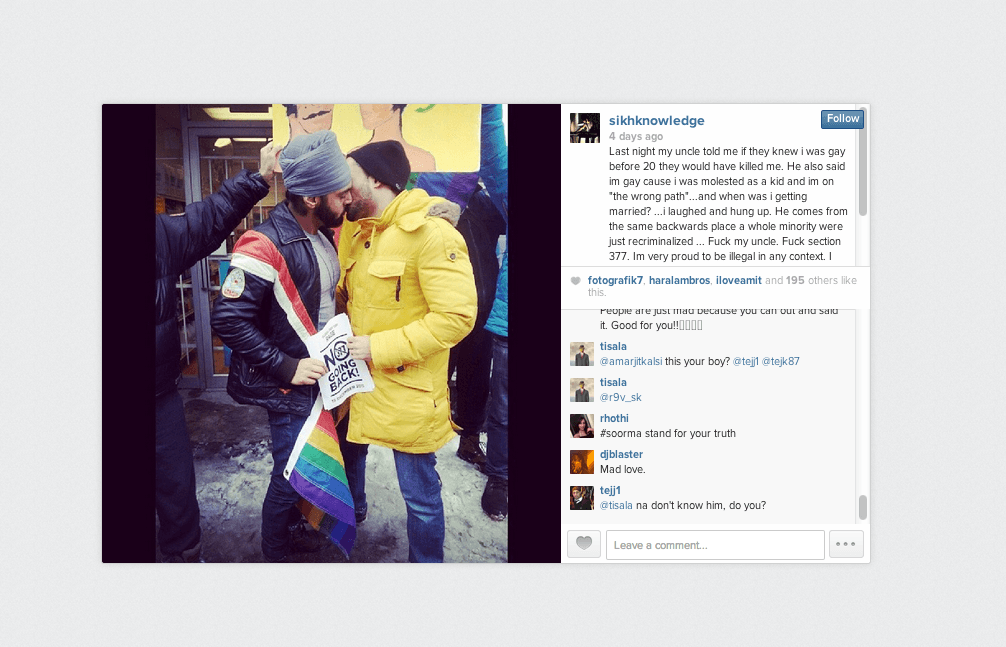Military terminology
More countries, organizations seeking to use aerial drones for peaceful, nefarious purposes
The United States’ near monopoly on drones is quickly coming to an end. Countries, terrorist groups and individuals are all trying to use drones both to make their lives easier as well as in contexts that very much resemble warfare.
Evidence mounts, indicating Syria may be using chemical weapons
At least three countries are convinced the regime of Syrian leader Bashar al-Assad has used chemical weapons in his country’s ongoing civil war. On Thursday, U.S. officials confirmed they too believed Assad had unleashed sarin gas. But its options are limited.
Civilian companies eye big potential for domestic drone use
Unmanned aerial vehicles have become popular tools in America’s wars, but that technology is working its way back stateside. Already, there are a few domestic uses of drones, mostly by law enforcement and the military. But manufacturers have much bigger ideas in mind.
Drones help fight illegal deforesting, poaching and habitat destruction
Two environmentalists, professor Lian Pin Koh and Dr. Serge Wich developed the conservation drone 1.0, an unmanned aircraft strapped with a camera. The drone flies itself after having its destination programmed and takes pictures of tropical forests in an effort to spot suspicious activity and prevent habitat destruction and other problematic illegal activities in tropical forests.
Attorneys critical of AG Holder’s justification for targeted killings of Americans
In a major policy speech at the Northwestern University Law School, attorney general Eric Holder explained, for the first time, the U.S. justification for putting Americans on a list of those who can be killed if their capture is not possible.


